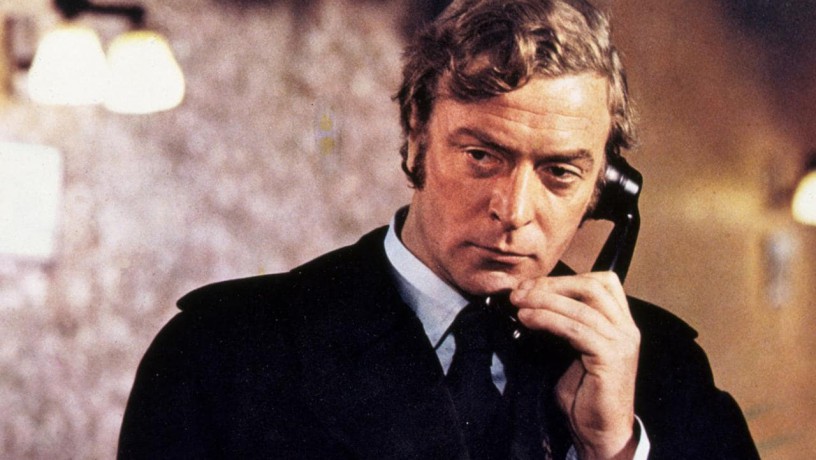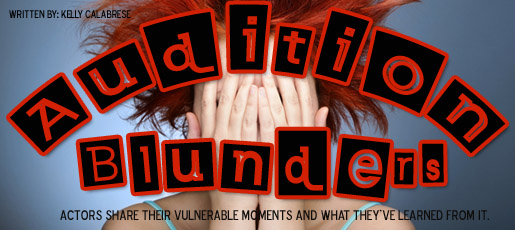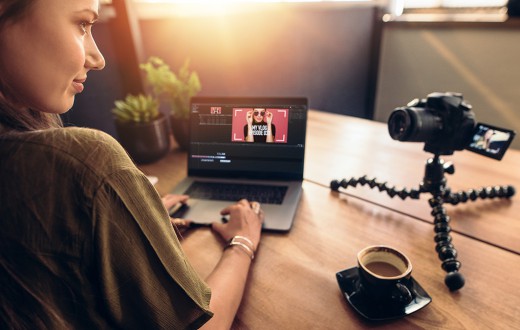Acting is acting some say, no matter the medium. And there is some truth in that; we all come at it from different directions and we all have our own unique backgrounds. Some started in theater, some started off on YouTube, some got lucky and landed a commercial right out of the gate for their first acting gig. It doesn’t really matter–any experience is good experience when it comes to developing your skills.
That said, there are obviously significant differences in what is required from the actor working in these different media. The pipes you need to work in a stage musical aren’t going to be a priority if you’re auditioning for a television crime drama–unless you somehow happen to be auditioning for the role of a singing detective.
Or better yet, a singing criminal! Someone call Dick Wolf, I’ve got a pitch for him…
Among the biggest challenges up-and-coming actors face is that of taking their stage experience in front of the camera. The obvious first thing to look into is of course taking a class with a seasoned professional who can provide you with on-the-spot feedback and real-time tweaks to help shape the contours of your acting for the camera.
But barring that–or in addition to it–there are a ton of excellent books out there that offer great practical advice for developing your skill set with regard to working on camera. Here are a few:
1. Acting for the Camera – Tony Barr
This is the granddaddy of on-camera acting books, and the revised edition of the 1997 original remains an essential part of any actor’s library. Tony Barr distills the most vital tidbits from his 40-plus years of experience as an actor, director and acting instructor in Hollywood and lays it out in an easy-to-digest format that reads so smoothly it’s more like reading a novel than a textbook. Rather than start from scratch, Barr takes the knowledge that stage actors already possess and tweaks it with his “creative adjustments” for the camera. The new edition includes expanded chapters with exercises for developing on-camera skills, as well as additional advice on character development, visual focus, and working with directors–all specifically geared toward on-camera work. An invaluable reference tool for any actor at any level of experience.
2. Acting in Film: An Actor’s Take on Movie Making – Michael Caine
Michael Caine is a legendary actor who has taken the time to share a tremendous treasure trove of insights from his five decades of experience in front of the camera. But don’t think that because this book, published in 2000 and revised and expanded since, is written by a lion of old-school Hollywood that it is going to be little more than meandering on-set stories, quips and gossip. No, Caine gets right down to work and appears to expect his readers to do the same, as he packs this highly engaging tome with chapters breaking down the actor’s process and how it varies when working on camera. Chapters like Preparation, In Front of the Camera Before Shooting, The Take, and many more will help demystify the work and provide a great template for the up-and-coming actor to work from.
3. The Secrets of Screen Acting – Patrick Tucker
Another venerable screen acting book, Patrick Tucker’s “The Secrets of Screen Acting” has been providing a solid grounding for screen actors since it was published in 1993. Like Caine’s book, Tucker also provides actors with a no-nonsense, nuts and bolts approach to acting for the screen, laying out the differences in reaction time, physical timing, blocking and placement. In a novel approach, especially for the time when it was published, “Secrets” eschews the usual struggle of actors and directors to fit real life action onto a screen, and instead approaches it from the point of view of adapting the action to the realities of filming. He offers a step-by-step guide for effective on-screen acting, as well as over 50 acting exercises designed to hone your on-camera skills.
4. Auditioning and Acting for the Camera – John Shepard
Shepard approaches explaining the realities of on-camera acting by looking at the variety of types of work we are asked to audition for. From industrial films to commercials to sit-coms to commercials to films, Shepard has tailored advice and techniques to enhance your auditions and performances in each of these fields. He also takes some time to thoughtfully cover more than what most authors of this kind of book do in terms of the bigger picture: what it’s like on set, different audition techniques, and what it’s like to work on location. Shepard also provides a number of practice scripts and valuable exercises to help you hone your skills.
5. The Science of On-Camera Acting – Andrea Morris
If this sounds to you like it’s going to be a hardcore breakdown of the technicalities of acting for the camera, you are correct. Morris works with psychologist Paul Ekman–who was the loose basis for the lead character on the show “Lie to Me”–to examine the neuroscience behind emotional responses and how they manifest in facial expressions and other physicality. The machinery of dialogue, the voice and the movements of the face are all broken down here in minute detail, then reconstructed again, giving you a better understanding of what and how you are showing yourself and your characters’ emotions on screen in subtle detail.
6. How To Book Acting Jobs in TV and Film: The Truth About the Acting Industry – Cathy Reinking, CSA
Reinking has casting credits for shows like “Frasier” and “Arrested Development,” and is the former manager of casting at NBC, so she knows better than most what television casting agents are looking for in an actor. In this book she helps to lay out in clear terms just what an audition looks like from behind the table. With chapters covering auditioning for a variety of different television shows–comedies, dramas, etc.–as well as a chapter on charisma and how to build it, Reinking’s perspective is unique and provides invaluable reportage from “behind enemy lines” for the actor. And the best part is that the entirety of the book is presented in a very chatty, comfortable manner, such that it makes you feel as if you are in a room with the author having a conversation.







